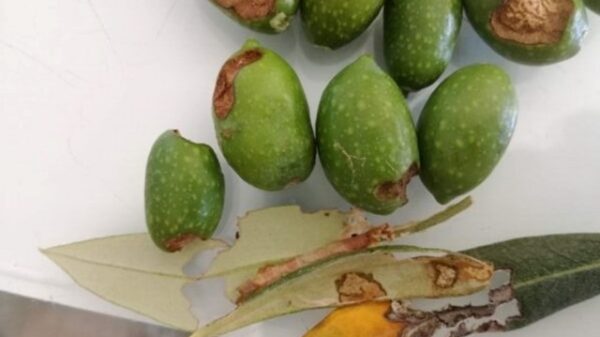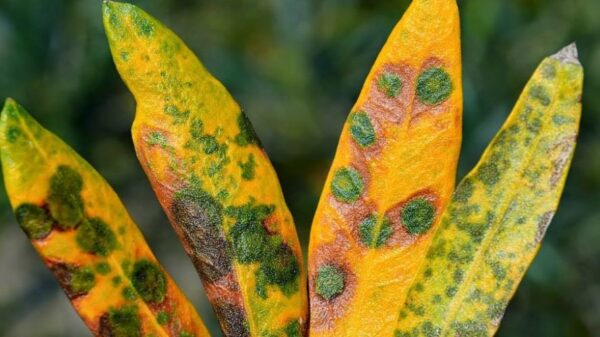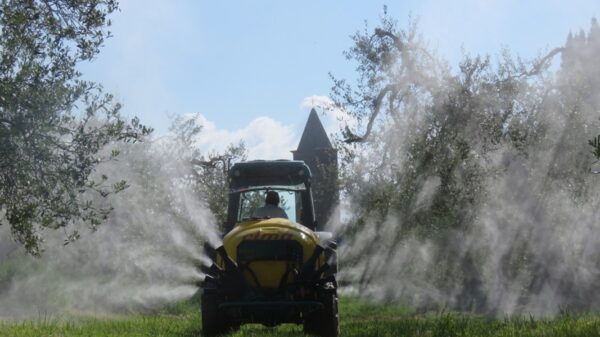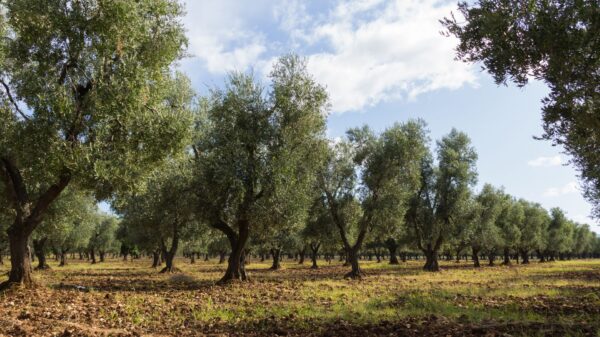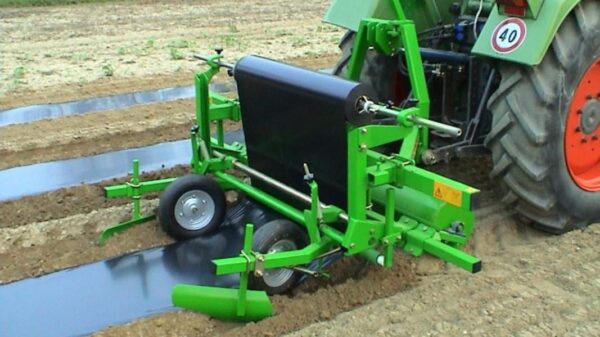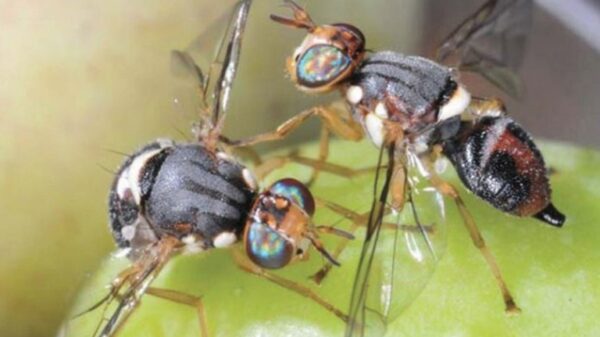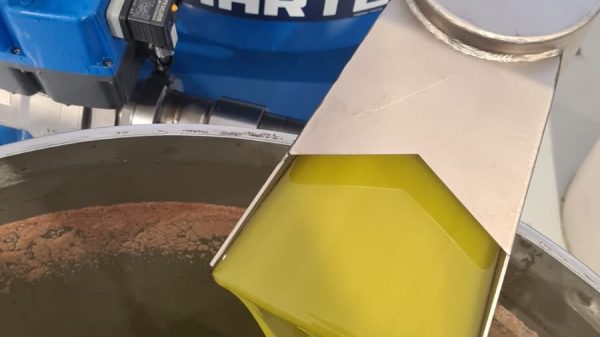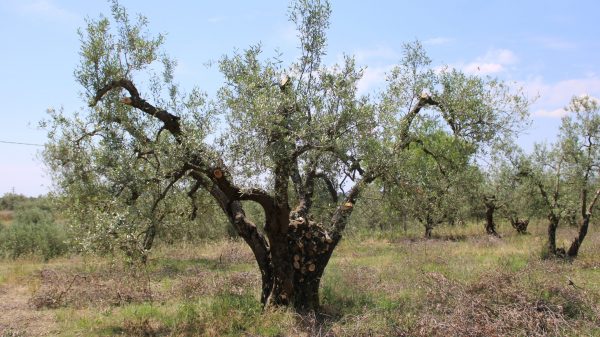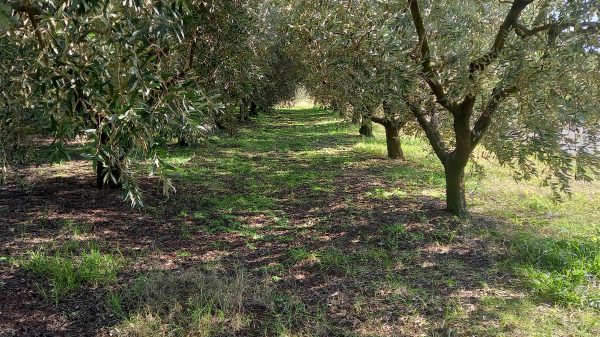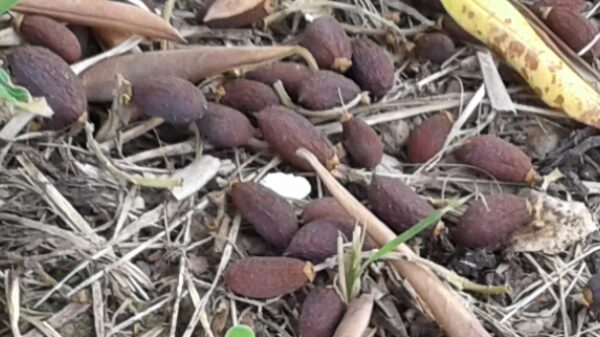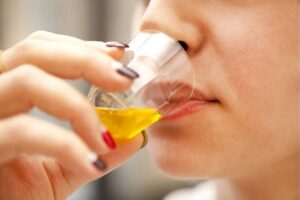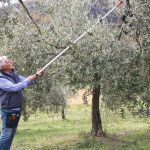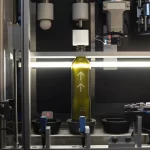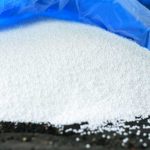The agro-ecosystem of the olive grove is influenced by the climate and its changes, so much so that the increases in temperatures in recent years are varying the behavior of the insects present, also modifying the relationships between the phytophagous ones and those that are their natural competitors or antagonists.
Climatic changes which, in more and more areas, have brought olive trees to suffer significant aggression also from parasites so far considered of lesser importance, Such as'idle and cockchafer, two beetles that cause damage to the roots when they are in the larval stage and to the leaves when they are adults. The larvae of these two insects are similar, they live in the soil, where they develop until they become adults, feeding on the roots.
 Attached olive plants show decay, poor development, withering during the summer and early leaf fall in spring. In well-developed plants, these symptoms are barely noticeable, while they are more evident in young ones, given that their root system is not yet well developed and, lacking a substantial bark, they are more vulnerable.
Attached olive plants show decay, poor development, withering during the summer and early leaf fall in spring. In well-developed plants, these symptoms are barely noticeable, while they are more evident in young ones, given that their root system is not yet well developed and, lacking a substantial bark, they are more vulnerable.
Contrasting actions of these larvae can be agronomic, carried out with soil tillage during the winter period at a depth of 20 - 25 cm, so as to bring the larvae to the surface. Good results are obtained with the use of entomoparasitic nematodes belonging to the genera Heterorhabditis bacteriophora. These are very small organisms, worm-like larvae, naturally present in the natural environment, which live at the expense of other insect larvae. Nematode larvae Heterorhabditis bacteriophora they are carried into the ground combined with substrates or inert substances, they penetrate inside other larvae, the weevil or the beetle, through their orifices, there they secrete toxic substances, they reproduce there and, in a short time, they carry the larva host to death. Once the guardian organism is exhausted, the larvae of Heterorhabditis bacteriophora they abandon it and disperse in search of other larvae to infect.
It is essential that there is moisture in the soil, the larvae of these nematodes, in fact, move and move thanks to the presence of a film of liquid enveloping the soil particles.
The way of distribution of products containing the larvae of Heterorhabditis bacteriophora can occur at vegetative growth, from March to April, when the Ground temperatures have stabilized at 13-15°C., hitting the larvae as soon as they "come out" of the cold season and before they pupate.
Commercial preparations must be dissolved in water and distributed to the soil previously loosened on the surface and slightly wet.
Usually a single intervention in particularly infested olive groves does not solve the problem therefore, it would therefore go repeated between September and October, when the presence of larvae of the two beetles is still high in the soil and the thermal conditions allow the nematodes to make more cycles and infect a greater number of phytophagous larvae. The use of entomopathogenic nematodes is safe for humans and the environment.
- adult weevils and cockchafers are very difficult to fight, they have a massive physical structure and a feeding activity that occurs during the night, while during the day they return to the ground. For theoziorrinco a physical defense method is the use of adhesive bands or rock wool to be applied around the trunks, so as not to allow the adults to climb or descend from the plants. Another way is the use of agrochemicals based azadirachtin, an active ingredient extracted from the seeds of the tropical plant Azadirachta indica, also known as Neem tree, a substance that can be sprayed both on the leaves and on the ground with a repellent, appetite-reducing and insecticidal action since it alters the development stage that precedes the adult form. This active substance is allowed in organic farming, has a systemic action in the plant and, if absorbed by the roots, is also transported into the foliage.
AIPO Director
Interregional Association
Olive producers
Browse for free l'Olivo News click , here

